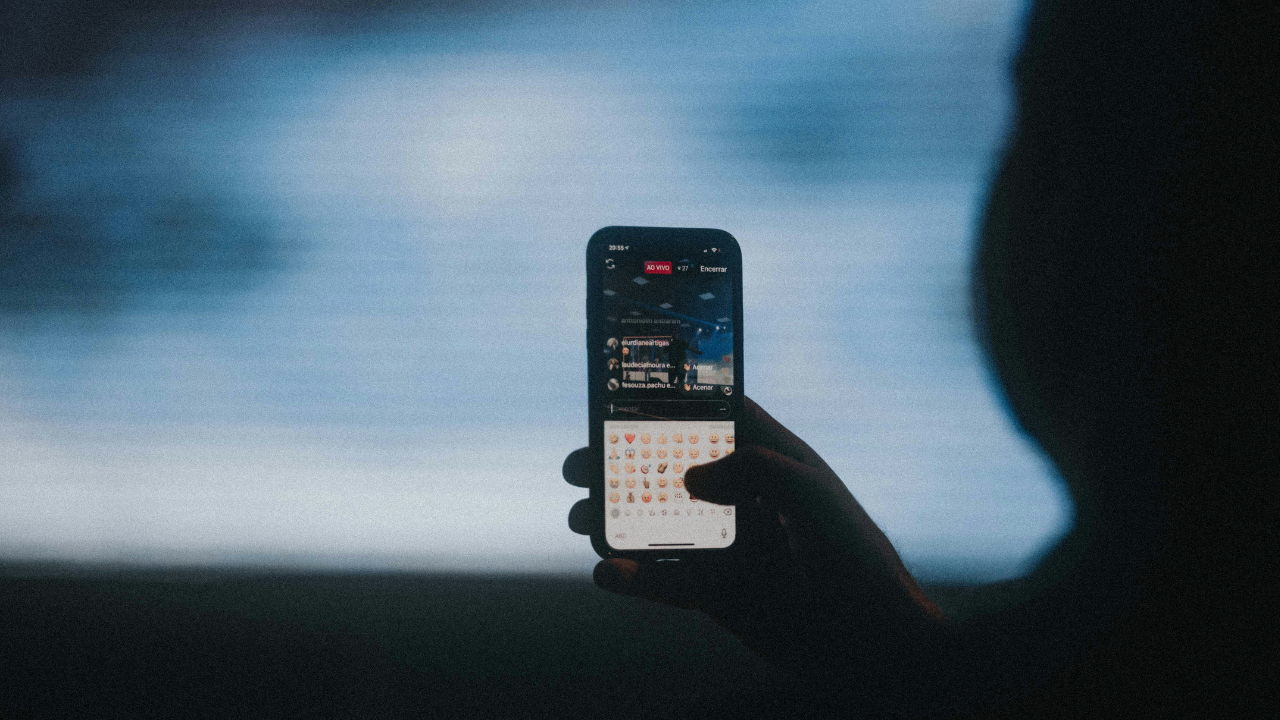Helping your child understand live streaming
Live streaming is a popular part of everyday life for many children. Whether it’s gaming on Twitch, going live on TikTok or chatting on Instagram, children are becoming broadcasters – often with real-time audiences they can’t fully control.
While live streaming can be fun, creative and social, it also comes with risks. And because it all happens instantly, those risks can be harder to manage.
Building good media literacy skills really matters. It helps children think about what they’re sharing, who they’re sharing it with and what the potential risks and consequences might be.
How does live streaming work?
Live streaming means sharing video online as it happens. Viewers can usually respond through likes, comments or messages, often in real time.
Children watch and create live streams to:
- play games or talk about gameplay
- answer questions or chat
- Learn about and share interests and hobbies
- follow influencers or create their own following
Some live streams are public by default. This means strangers – not just friends – may be watching.
What are the risks?
There are many risks that come with watching or broadcasting live streamed content. These include:
Exposure to harmful or inappropriate content – Live streaming platforms are under increasing legal duty to carry out safety checks, verify users’ ages, and take steps to protect children, but this is far from guaranteed. The nature of live streams means that watching can expose them to inappropriate (ie, sexual, violent) content.
Oversharing – Children who are live streaming can reveal more personal and sensitive information than they realise. For example, what school they attend from wearing a uniform. Even sounds or background items can give away private information.
Peer pressure to perform – Live content often rewards attention-seeking behaviour. Some children may feel pressure to be funny, daring or controversial to get likes or comments – even if it’s not safe.
Harassment – Strangers can join public streams, send messages or leave inappropriate comments. This can expose children to harmful and upsetting content or interactions.
Loss of control – Even if a stream is deleted, it may have been recorded or screenshotted. Once content is out there, it’s hard to take back – especially if it’s been shared more widely.
How can building media literacy help?
Unlike a post or photo that can be reviewed before sharing, a live stream happens in the moment. That makes it important to understand livestreaming platforms and the consequences of what can happen in them, either watching or streaming.
Here are six steps that you can take.
1. Understand age ratings
Most live streaming platforms are rated 13+ – but often these are not rigorously enforced. Understanding the age ratings of the live streaming platforms your child uses or wants to watch can help you and them decide if they are appropriate.
2. Watch some content together
If they are going to start watching or streaming, you could explore creators or streams on the platform they want to use. Talk about what makes it engaging, and what could go wrong. This helps build trust and keeps the conversation open.
3. Talk about who’s watching
Help your child understand that even if it feels like a private moment, a stream can often be seen – or shared – by people that they may not expect. You could discuss the types of information that would be risky to share.
4. Set clear boundaries together
If your child is planning to live stream, set boundaries about how, where and when. For example:
- No filming in school uniform
- No live streams from bedrooms
- No naming locations or plans
- No filming others without permission
5. Check privacy settings
At the same time as setting any boundaries, help them to explore the platform’s privacy and data settings. For example, using friends-only or private options where available, and talk about why public streams carry more risks.
6. Know where to get help
If your child experiences harassment, unwanted contact, or exposure to harmful content on a live stream, you can report it to the police. Other reporting sites include CEOP (Child Exploitation and Online Protection Command) and the Internet Watch Foundation.
Want to find out more?
Want to develop your own digital skills and confidence? Everyday Digital has articles and videos to help you support your child in today’s online world.

